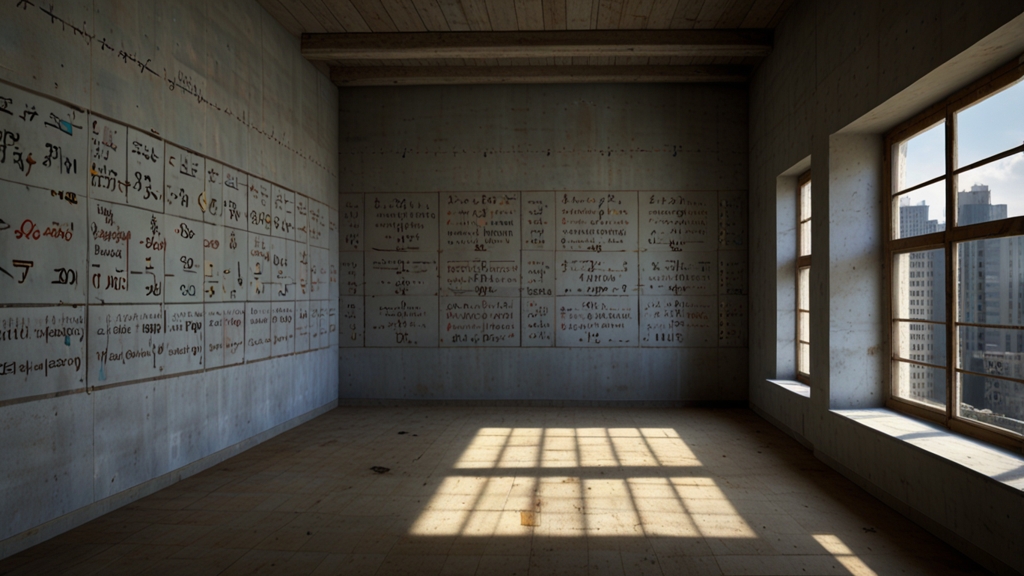Ancient Civilizations and Their Forgotten Languages
Throughout history, numerous civilizations have risen and fallen, leaving behind legacies of culture, architecture, and innovation. However, one of the most intriguing remnants of ancient societies is their languages. Languages are a window into the soul of a civilization, offering insights into their daily lives, beliefs, and social structures. Regrettably, many of these languages have been forgotten or remain only partially understood, shrouded in mystery and waiting to be deciphered.
Sumerians and Cuneiform
The Sumerians, who resided in modern-day southern Iraq, are often credited with creating one of the world’s first writing systems—cuneiform. Around 3400 BCE, they began etching wedge-shaped symbols onto clay tablets. Cuneiform was used to record everything from administrative transactions to epic narratives like the "Epic of Gilgamesh." Over time, this system was adopted by other cultures, including the Babylonians and Assyrians. Despite the widespread use of cuneiform, many tablets remain untranslated, holding secrets of ancient administrations, literature, and laws.
The decipherment of cuneiform in the 19th century was a monumental achievement, allowing scholars to delve into the rich history and culture of Mesopotamia. Yet, large portions of the cuneiform texts remain untranslated, leaving gaps in our understanding of one of the earliest civilizations.
The Indus Valley Civilization and the Indus Script
The Indus Valley Civilization, flourishing around 2500 BCE in what is now Pakistan and northwest India, deployed a script that remains one of the most enigmatic. The Indus script, found on seals, tablets, and pottery, consists of short sequences of symbols that have yet to be fully deciphered. Despite various attempts, scholars have not been able to conclusively decode this script, which means that much of the civilization’s social and administrative workings are still not fully understood.
“The inability to decipher the Indus script is one of the greatest unsolved problems of modern archaeology,” notes Dr. Michael Coe. “It’s like having a lock without a key, and we’re still searching for that key.”
Linear A and the Minoans
The Minoans, who lived on the island of Crete, developed their script known as Linear A between 1800 and 1450 BCE. Despite its similarities to the later Linear B script, which was used by the Mycenaeans and has been deciphered, Linear A remains a mystery. Scholars have managed to identify some of the symbols and have even translated a few possible words, but the complete understanding of the language eludes us. Consequently, much of what we know about the Minoans comes from archaeological evidence rather than textual records.
The Etruscans and their Lost Tongue
The Etruscans, an ancient civilization in Italy pre-dating the Romans, also had a unique language and script. The Etruscan language, although somewhat understood due to its use of the Greek alphabet, is still not fully comprehended. A significant portion of Etruscan vocabulary, grammar, and syntax remains unknown, rendering many of their inscriptions only partially translated. This lack of complete understanding obscures many aspects of Etruscan religion, society, and governance.
The late Dr. Larissa Bonfante, a noted Etruscan scholar, often emphasized that "While we have made strides in understanding Etruscan inscriptions, the language still poses numerous challenges that keep many aspects of their history out of our reach."
Conclusion
Languages are more than mere tools for communication; they are repositories of a civilization’s knowledge, values, and worldviews. Forgotten languages present a challenging yet fascinating field of study. Each deciphered script offers a glimpse into the daily lives, governance, and cultures of ancient peoples, filling the gaps left in our historical narratives. As technology and methodologies improve, there remains hope that some of these ancient languages will one day be fully unraveled, offering deeper insights into the civilizations that once spoke them. Until then, scholars and linguists will continue their meticulous work, driven by the belief that each symbol and inscription is a vital piece of the grand puzzle of human history.











